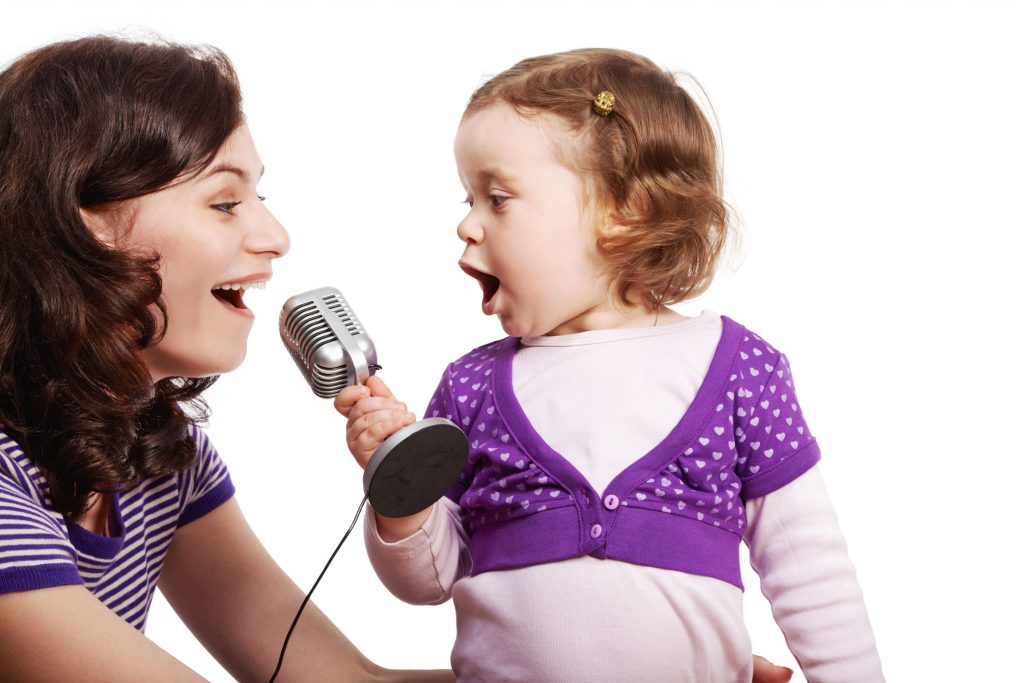3 Fun Activities To Encourage Speech And Language Development In Children
Learning to communicate is believed to be one of the most significant developmental milestones in your child’s growth. Aiming to balance both speech and language development early on can help give your kids an extra boost in understanding themselves and the world around them.
As such, finding different methods of incorporating meaningful lessons into everyday interactions can make the process fun and easy for them to experience. Ultimately, associating these experiences with fun exercises is the key to building a solid foundation in communication.
Continue reading to learn more about different fun activities you and your kids can do to boost their speech and language skills.
1. Singing Songs
Singing is an excellent choice of activity to begin your kid’s language acquisition journey. Aside from unlocking the musical talent or skill your youngsters may have, it can also help them discover a lifelong passion for music. Meanwhile, it also provides lots of opportunities for the entire family to bond with one another and spend time with each other’s company.
It’s believed that children have a more accessible time learning and keeping new words they discover through songs. The lyrics’ rhymes, syllables, and overall flow help ease them towards more complicated words.
Moreover, following along with the lead singer doubles as an exercise in personal expression and interpersonal interaction. This is crucial to achieving both speech and language development in equal measures. While they may sound similar, understanding their key differences can help you guide your child better.
To give a brief description of their differences, speech development deals with the way your mouth coordinates to produce sounds and words correctly. Conversely, language development focuses on communication using gestures, facial expressions, and other nonverbal means.
Ultimately, using music to teach your kids can only introduce more advantages as they grow and develop in their later years.
2. Finding Different Opportunities To Strike Up A Conversation With Them
Generally, one of the most effective ways for children to learn any skill is through constant exposure. This means that providing them with the space and time to experiment with their vocabulary becomes an essential practice at home.
Additionally, these chitchats can naturally occur throughout the day. Some great examples of situations to begin these conversations include:
- Mealtimes;
- Drives;
- Walks; and
- Seeing each other after work or school.
It’s essential to approach these talks in a natural and relaxed manner. Doing so encourages your young ones to speak their thoughts and opinion freely. As such, asking them what their adventures for the day were and what they think about simple topics can get the ball rolling.
Knowing how to tactfully respond when your kids mispronounce words or misuse a word also becomes essential in these interactions. When this occurs, responding to them excitedly but with the correct usage of words can indirectly correct them. This can aid them better by associating the right words with their experiences.
Lastly, showing them some good examples of nonverbal communication can tie up these speech and language development activities nicely. A quick list of nonverbal gestures that children understand includes the following:
- Nodding;
- Gesturing with your hands;
- Making eye contact; and
- Using facial expressions to express a specific emotion.
Researchers found that a large majority of communication is expressed and understood in nonverbal cues. As such, incorporating these elements into your daily interactions with your kids becomes their exposure to this unspoken language. Further, this helps reinforce your bond with them while also boosting your communication skills with others.
3. Telling Each Other Jokes
Humor and wordplay are a fun and powerful combination in most settings. They become even more useful when introducing kids to more advanced words and expressions. It’s said that exchanging jokes with each other can be a quick and effective way of developing speech and language skills.
For instance, you can use puns to begin humorous exchanges. These jokes can be simple enough for even small kids to comprehend. The mixture of word sounds, expressions, and multiple meanings is an entertaining method of associating different words without overloading them with information.
Another type of joke effective with small children is knock-knock jokes. These jokes place greater emphasis on the interaction between one another. On the other hand, establishing the flow can let them think of possible replies independently.
Jokes can seamlessly combine the different aspects of developing communication skills. Children can learn word choice and sounds through this activity. Conversely, the first seeds of humor and intention are also planted. In the end, jokes prove that education and fun complement each other significantly.
Takeaway
Children can absorb more information than most people realize; it just becomes a matter of choosing the best approach to ease them into the flow. Plus, peppering daily interactions keeps the fun without making these lessons feel too rigid. With some creativity included in the mix, guiding your kids, with the help and advice of a licensed professional, to express themselves using language entirely becomes easier than expected.




